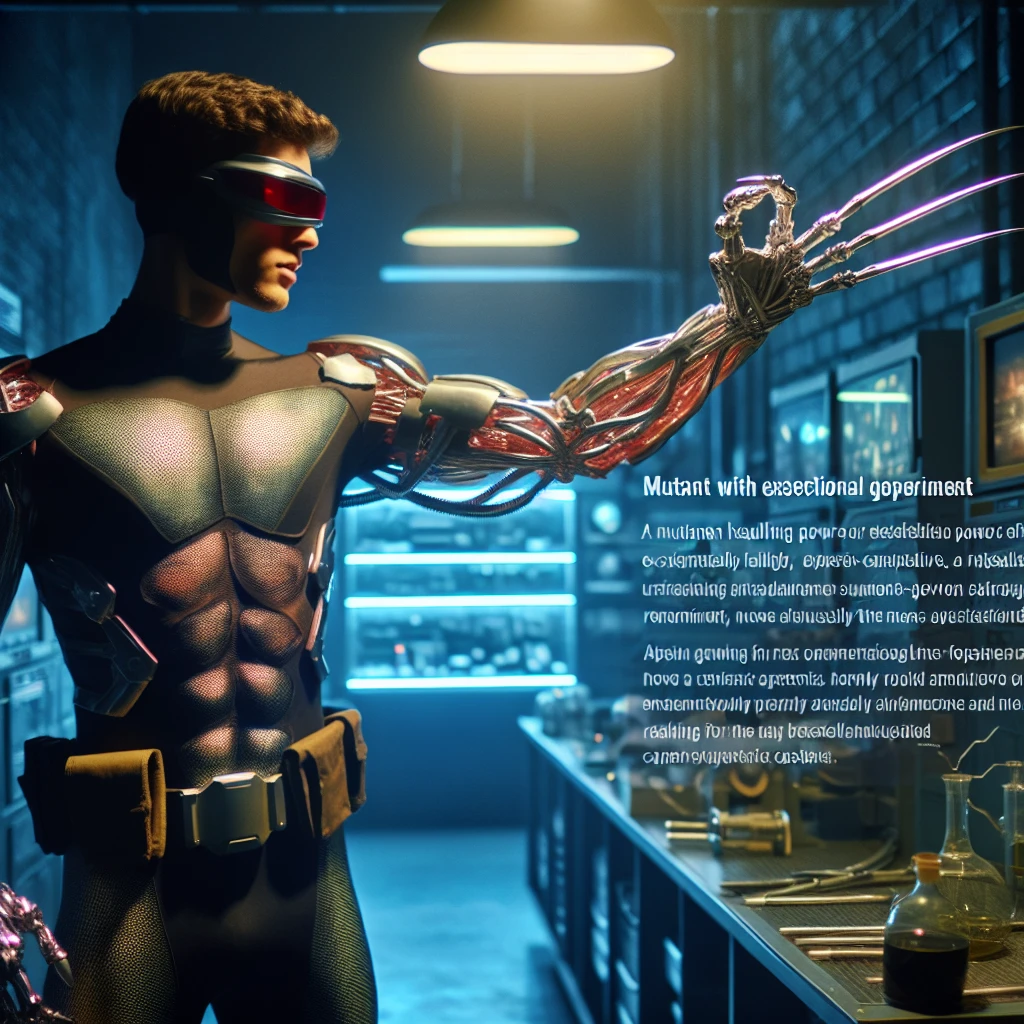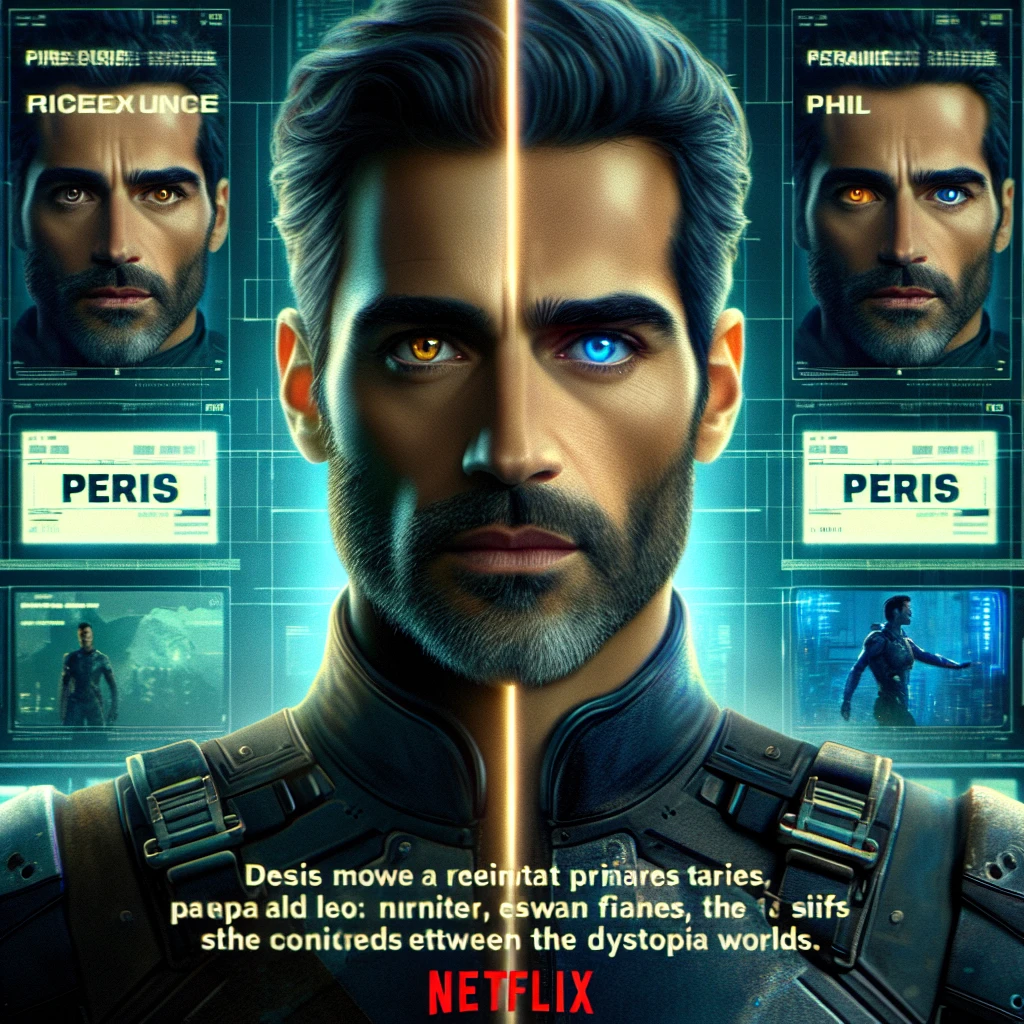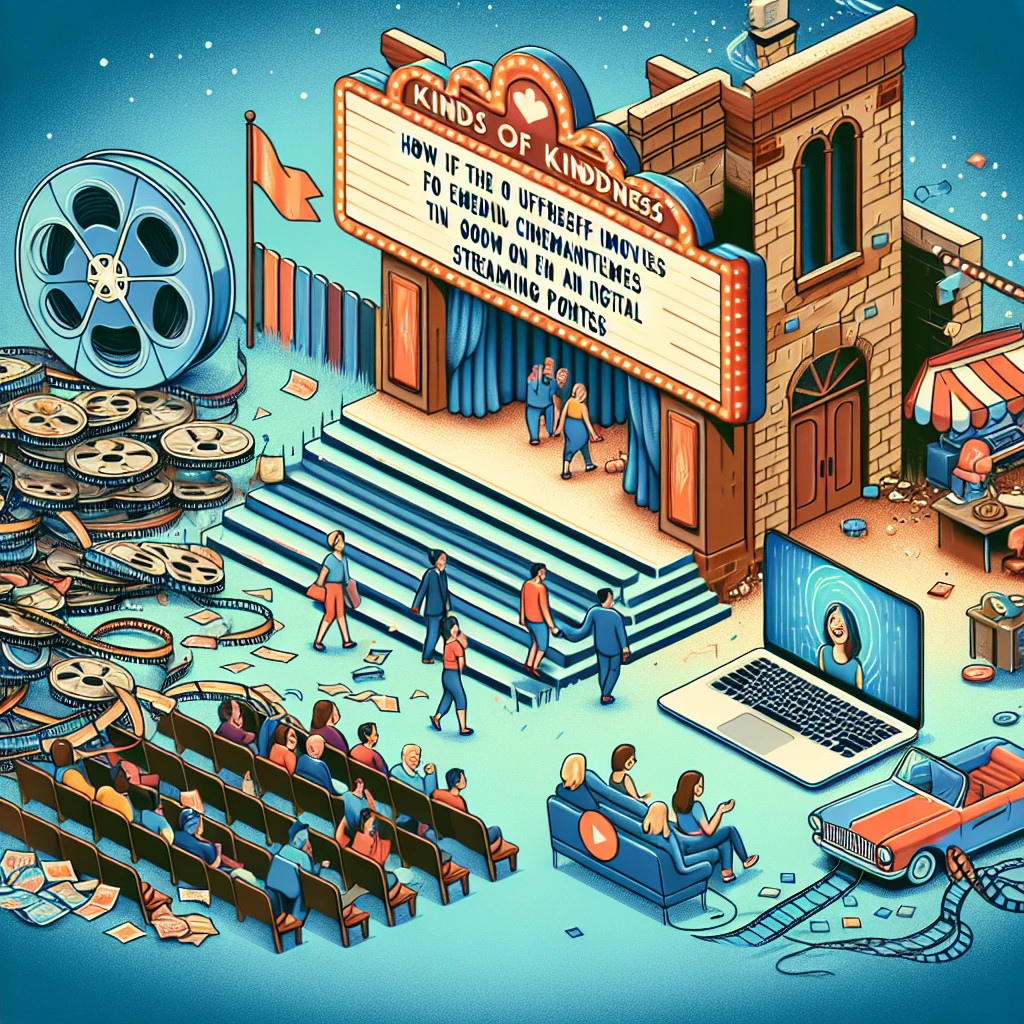If you think your favorite TV shows are starting to look a bit samey, you’re not alone. Television has spent years getting more serialized, more epic in scale, and possibly, yes—more bloated. But now the anthology series format is making a comeback and frankly, the TV landscape needed this sparkle.
Anthologies: Back from the Dead (and Cooler than Ever)
Remember “The Twilight Zone”? “Alfred Hitchcock Presents”? These classics gave us a fresh, mind-bending story each week—an ingenious setup, a wild twist, and then a swift exit. Suddenly, you didn’t have to binge-watch three seasons just to see a conclusion. It was snappy, it was bold, and guess what? That infectious creativity is all the rage again.
We can thank a pixel-clad, tech-fearful gem for most of this: “Black Mirror.”
Black Mirror Takes the Wheel
Charlie Brooker, “Black Mirror’s” impish overlord, saw TV drowning in complicated plots and thought, “What if you could just tell brilliant, standalone stories?” He’s said so himself: “Television was heading in the direction of long season arcs… I felt like there was room for a show in which you didn’t have to fill out a mythology over five seasons. I felt like saying ‘The End’ was becoming a novelty.”
Brooker took the anthology concept, dusted it off, and dragged it into our tech-cursed, Black-Mirror-esque reality. Each episode dishes out a lesson about humans vs. technology—sometimes hilarious, often disturbing, and always sharp.
This show isn’t slowing down, either. “Black Mirror” returns for a whopping seventh season on April 10, 2025. It’s also gifting fans a sequel to “USS Callister” (arguably the galaxy’s weirdest Star Trek parody). The new cast? Heavy hitters like Cristin Milioti (back in the captain’s seat), Rashida Jones, Chris O’Dowd, Awkwafina, Paul Giamatti, and Peter Capaldi. If you ever wondered what it would be like if Doctor Who met digital dystopia, here we go.
The Why and the How of the Anthology Boom
So why are anthologies suddenly the hot ticket? It’s simple—choice. Audiences want bite-sized brilliance. You can devour one episode, then come back weeks later and not feel lost. Plus, every episode is like a roulette spin. Today, you get space pirates; next week, Victorian nightmares; after that, a love letter to old video games.
Other shows are jumping on this fast-moving bandwagon:
- “Inside No. 9” drops a new flavor every episode, from dark farce to gothic chills.
- “Love, Death & Robots” packs surreal animation, wild ideas, and twisty endings into every short.
- “Soulmates” reboots high-concept romance with each installment.
Reece Shearsmith, who cooks up devilish surprises on “Inside No. 9,” claims, “How often are you actually surprised by watching television? …our advantage is that our audience is always on its toes.” You can’t settle in and get comfy—and that’s the point!
Anthologies, Streaming, and the Age of the Micro-Attention Span
Let’s face it, we’re busy. Streaming has made TV-hopping easier, and anthology series fit perfectly. No more commitment to 13 hours of television just to get a clever payoff. Now you can savor variety, or taste-test one episode and move on—no guilt, no spoilers to dodge.
Streaming platforms like Netflix and Apple TV+ are banking on this trend. They want shows that spark social media chatter after a single episode, not a decade-spanning saga. Recent reviews of “Black Mirror” Season 7 show the appetite is still strong, and debates about the show “running out of ideas” only highlight how high the bar now stands.
Not Just Trendy—Surprisingly Timeless
Here’s the twist ending: anthologies aren’t just a fad, they’re an evolution. Creators get wild creative freedom, actors get to show off, and viewers get a rollercoaster in every episode. Tech has changed how we watch, but the craving for surprise and variety? That’s eternal.
Stay tuned. The future of TV may just look a lot more like a box of chocolates—and honestly, we’re hungry for more.




